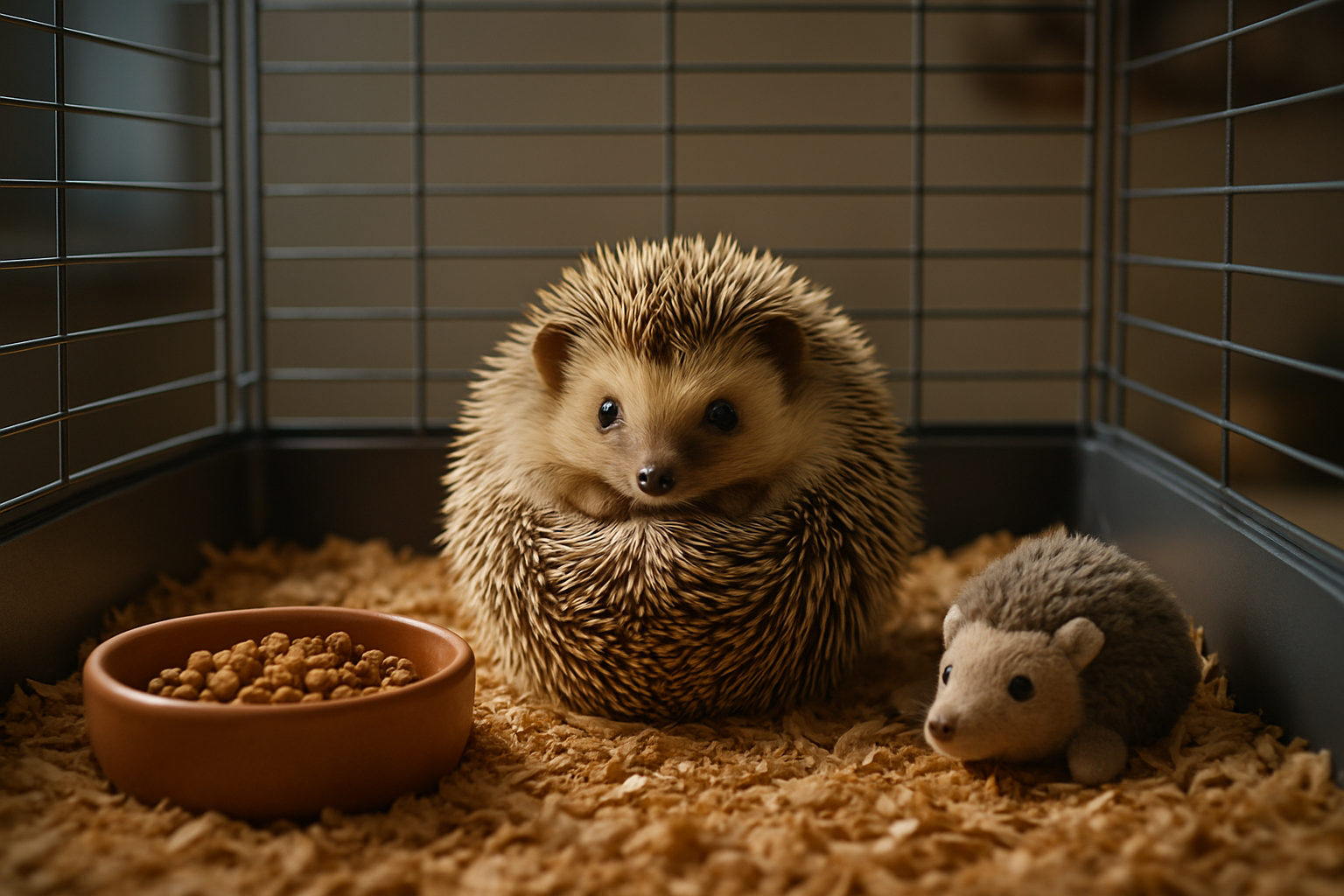The Hidden World of Subterranean Pets
Venture into the fascinating realm of underground dwellers that have captured the hearts of unconventional pet enthusiasts. From burrowing rodents to soil-dwelling amphibians, these subterranean creatures offer a unique and captivating pet-keeping experience. Discover the specialized care, enrichment strategies, and ethical considerations surrounding these intriguing animals as we delve into the hidden world of subterranean pets.

The Appeal of Underground Dwellers
Subterranean pets offer a window into a hidden ecosystem, allowing owners to observe and interact with creatures rarely seen in everyday life. These animals have evolved remarkable adaptations to thrive in underground environments, from heightened sensory capabilities to specialized digging apparatuses. For many enthusiasts, the allure lies in recreating a slice of this subterranean world within their homes, providing a unique and educational pet-keeping experience.
Popular Subterranean Pet Species
While not as mainstream as cats or dogs, several underground dwellers have gained popularity in the pet trade. Naked mole rats, with their eusocial colony structure and cancer-resistant biology, have become a subject of fascination for both researchers and pet keepers. African giant pouched rats, known for their intelligence and trainability, offer a larger alternative to traditional pet rodents. Axolotls, the charismatic salamanders native to Mexico, have captured hearts with their perpetual smiles and remarkable regenerative abilities.
Creating Underground Habitats
Replicating a subterranean environment presents unique challenges and opportunities for pet owners. Enclosures must be designed to accommodate natural burrowing behaviors while allowing for observation and interaction. Many enthusiasts opt for multi-level terrariums with deep substrate layers, incorporating tunnels, chambers, and nesting areas. The use of clear acrylic tubes and viewing windows enables owners to witness the intricate underground activities of their pets.
Specialized Care and Nutrition
Caring for subterranean pets requires a deep understanding of their specific needs. Many of these animals have evolved to thrive in low-light conditions and may be sensitive to bright illumination. Temperature and humidity control are crucial, as underground environments typically maintain stable microclimates. Nutrition poses another challenge, with some species requiring specialized diets that mimic their natural foraging habits. From cultivating colonies of insects for insectivores to providing balanced plant-based diets for herbivorous burrowers, meeting the nutritional needs of these unique pets demands dedication and research.
Behavioral Enrichment for Underground Animals
Promoting natural behaviors and mental stimulation is essential for the well-being of subterranean pets. Owners must devise creative ways to encourage digging, foraging, and exploration within the confines of captivity. Puzzle feeders designed for burrowing animals, rotating substrate materials, and the introduction of novel scents and textures can help keep these pets engaged and active. For social species like naked mole rats, maintaining proper colony dynamics is crucial for their psychological health.
Ethical Considerations and Conservation
As with any exotic pet, the keeping of subterranean animals raises important ethical questions. Many of these species have complex social structures and expansive natural habitats that are challenging to replicate in captivity. Prospective owners must carefully consider whether they can provide an environment that meets both the physical and psychological needs of these specialized creatures. Additionally, the impact of the pet trade on wild populations is a concern for some subterranean species, particularly those with limited geographic ranges or vulnerable conservation statuses.
The Future of Subterranean Pet Keeping
As interest in these unique animals grows, so does the body of knowledge surrounding their care and husbandry. Advances in terrarium design, nutrition, and veterinary care are making it increasingly possible to provide high-quality lives for subterranean pets in captivity. However, responsible ownership requires ongoing education, commitment, and a willingness to adapt as new information becomes available. The future of subterranean pet keeping lies in striking a balance between satisfying human curiosity and ensuring the welfare of these remarkable underground dwellers.
Conclusion
The world of subterranean pets offers a captivating glimpse into the diverse and often overlooked realm beneath our feet. From the intricate social structures of naked mole rats to the otherworldly appearance of axolotls, these animals challenge our perceptions of traditional pets and open up new avenues for learning and appreciation. As interest in these unique creatures continues to grow, so too does the responsibility to ensure their proper care and conservation. For those willing to delve into this hidden world, subterranean pets provide an unparalleled opportunity to connect with nature’s underground marvels.





